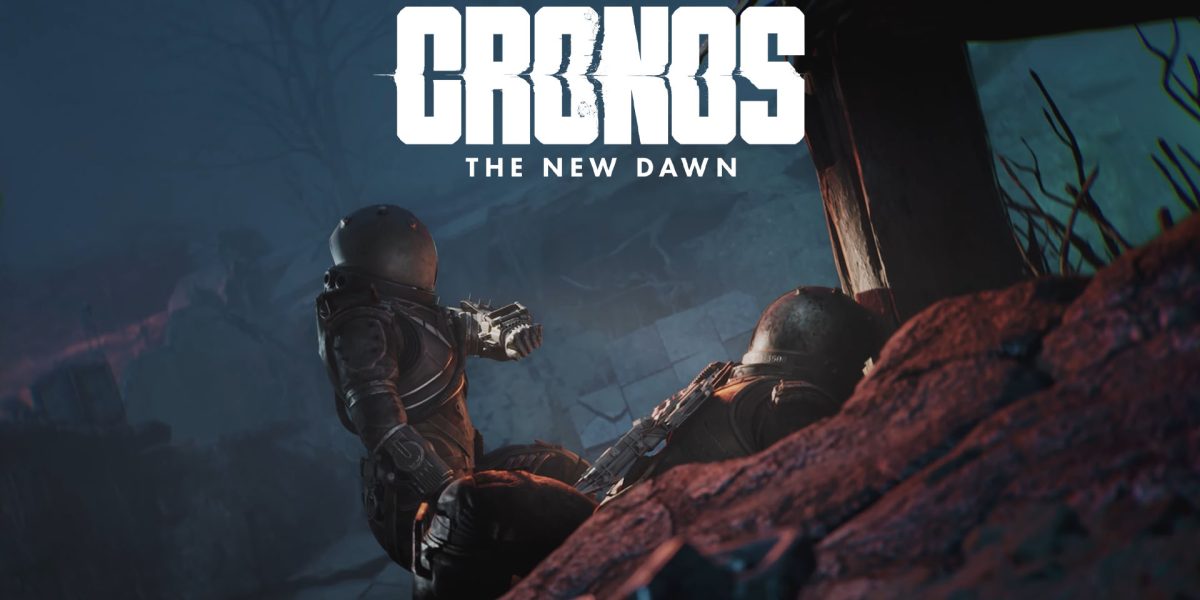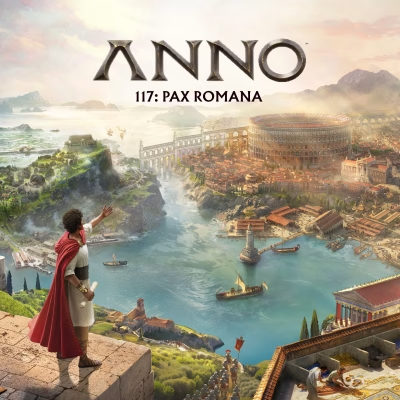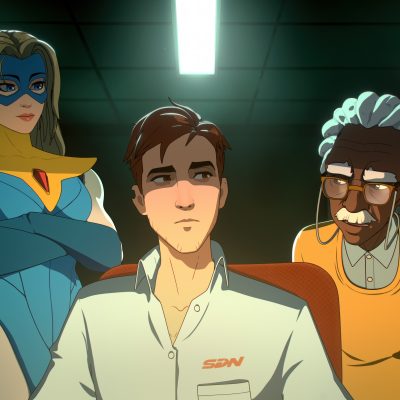The name of the Polish studio Bloober Team has become synonymous with psychological horror. With titles like The Medium and Layers of Fear, the studio established itself as a master at weaving oppressive, unsettling atmospheres. But their true breakthrough—the moment that propelled them into the realm of top-tier game development—came in 2024 with the critically acclaimed remake of Silent Hill 2.
That milestone not only brought Bloober Team widespread commercial and critical success, but also gave the studio the confidence to take a bold creative risk: building an entirely original IP instead of relying on safe, familiar formulas. It’s a move that speaks to the maturity and ambition of a team no longer content with simply crafting atmospheric horror, but determined to compete directly with the giants of the survival genre. Of course, the irony is that Chronos itself feels like a fusion of those very giants, most notably Dead Space.
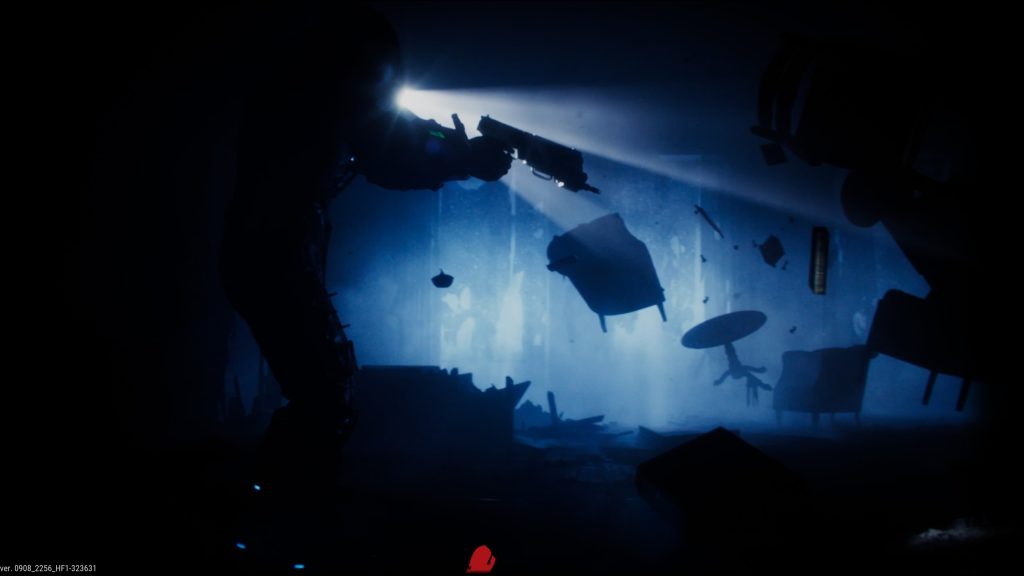
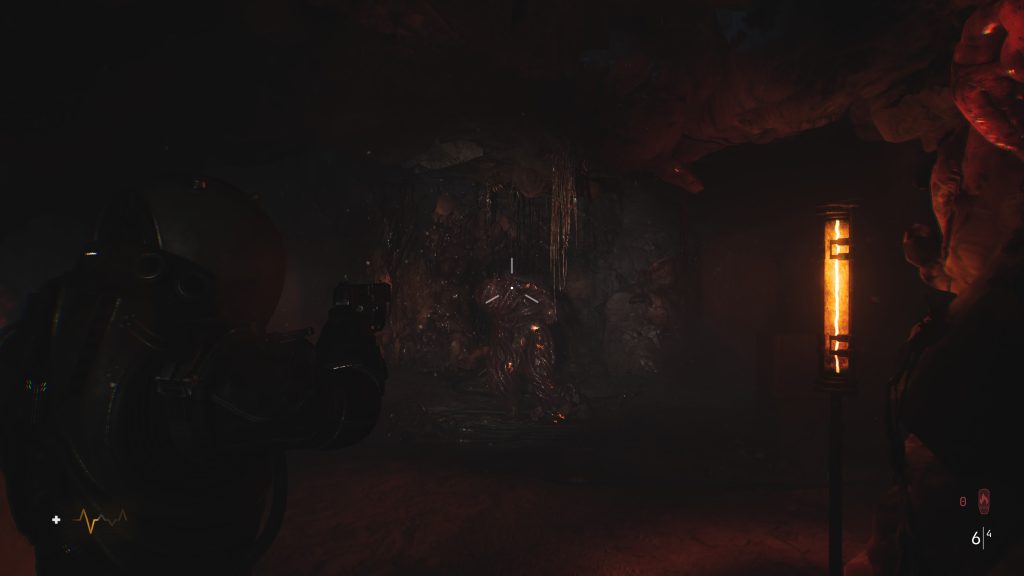
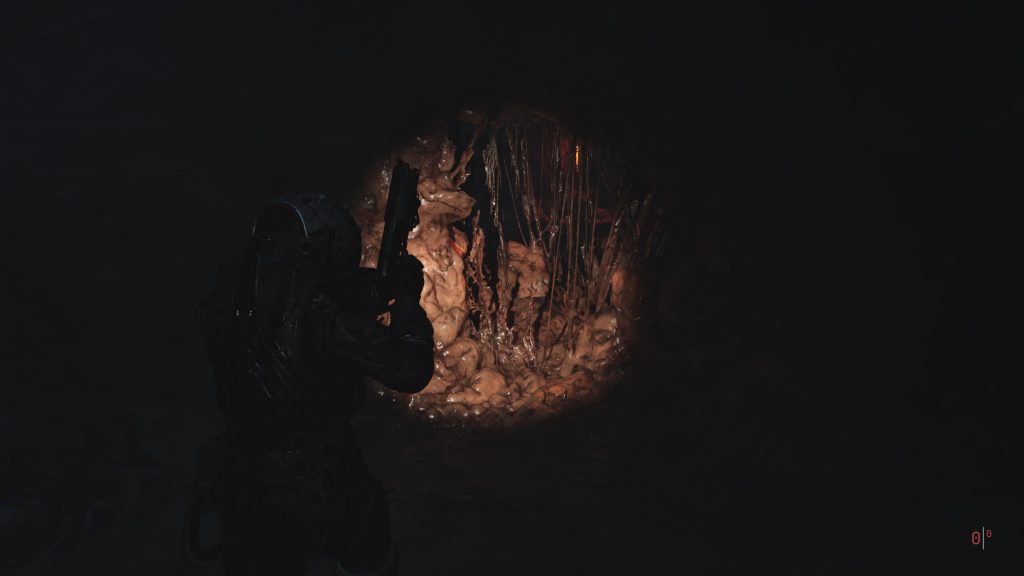
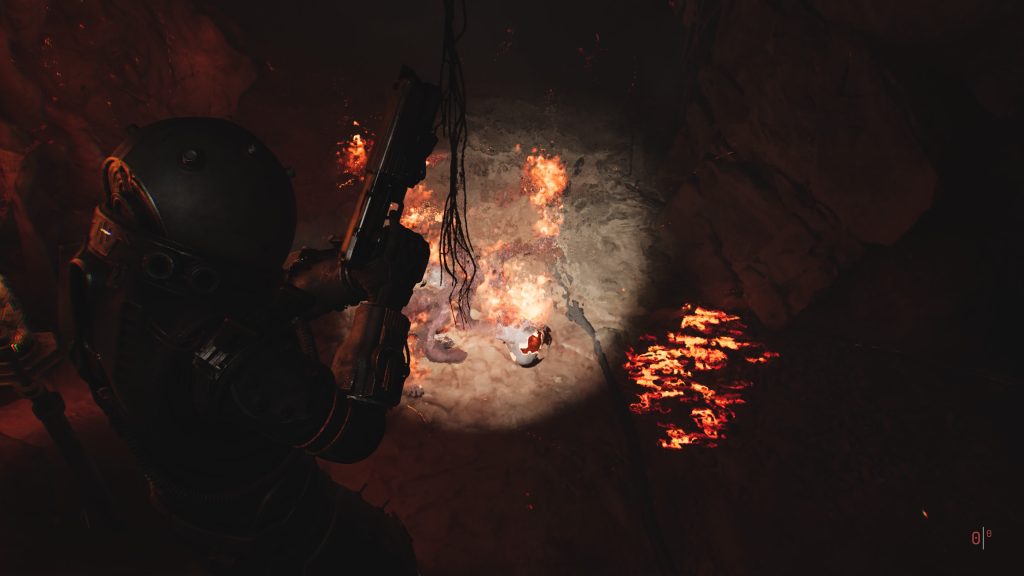
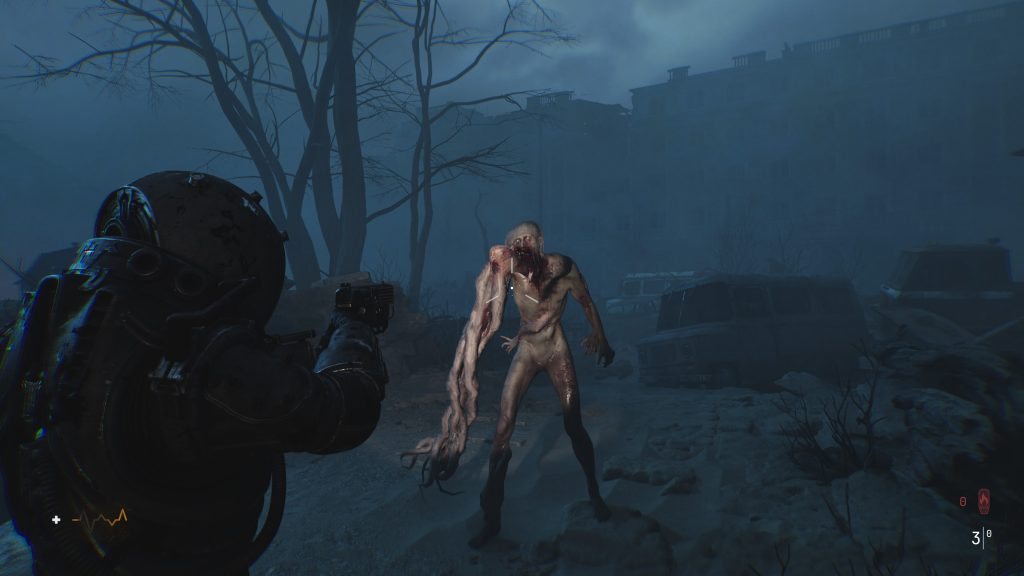
Cronos: The New Dawn, the studio’s first project after the Silent Hill 2 remake, sits right at the crossroads of ambition and strategic reinvention. The developers have been upfront about their goal: to create an experience “more like Resident Evil and less like Silent Hill.” That choice pulls Cronos away from the studio’s psychological roots and into the realm of action-driven, resource-management survival horror. Yet its launch was met with a split response. Critics praised the game, but many players came away unimpressed. And me? I’m the kind of gamer who just couldn’t enjoy it as much as I’d hoped—and I want to share why.
So let’s dive in and ask the real question: has Cronos managed to carve out a new era as a serious contender in the survival horror genre, or is it simply a patchwork of borrowed ideas?
One of the earliest and most striking strengths of Cronos: The New Dawn lies in its meticulous and distinctive world-building. The game’s setting blends together an unlikely mix of visual and thematic styles: retro-futurism, Eastern European brutalism, and sci-fi horror. Its desolate world draws direct inspiration from Nowa Huta, a real district in Krakow, Poland—an area originally built in the 1950s as a symbol of communist power and prosperity.
The story of Cronos: The New Dawn revolves around a character known only as “the Traveler,” who, in a post-apocalyptic future, searches for temporal rifts that allow him to journey back to 1980s Poland. His mission: to save key figures whose survival could prevent the ultimate collapse of humanity.
The narrative unfolds through scattered notes, environmental clues, and haunting audio fragments—a storytelling approach reminiscent of FromSoftware’s works and survival-horror classics. It’s very much a “show, don’t tell” style of narrative, one that excels at building atmosphere but comes with a double edge. At times, the story veers into being overly cryptic and fragmented, leaving players struggling to piece together essential connections and character motivations.
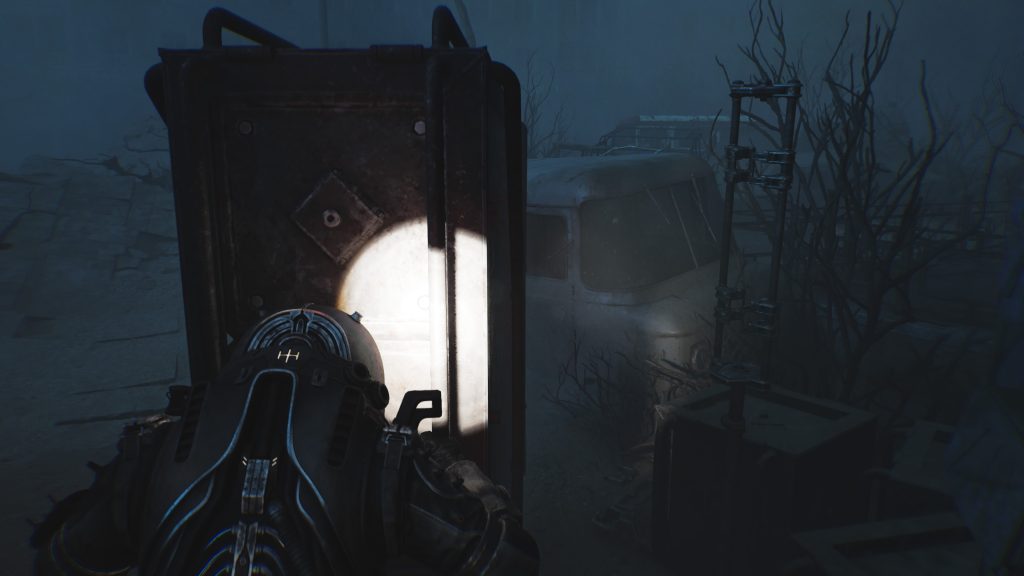
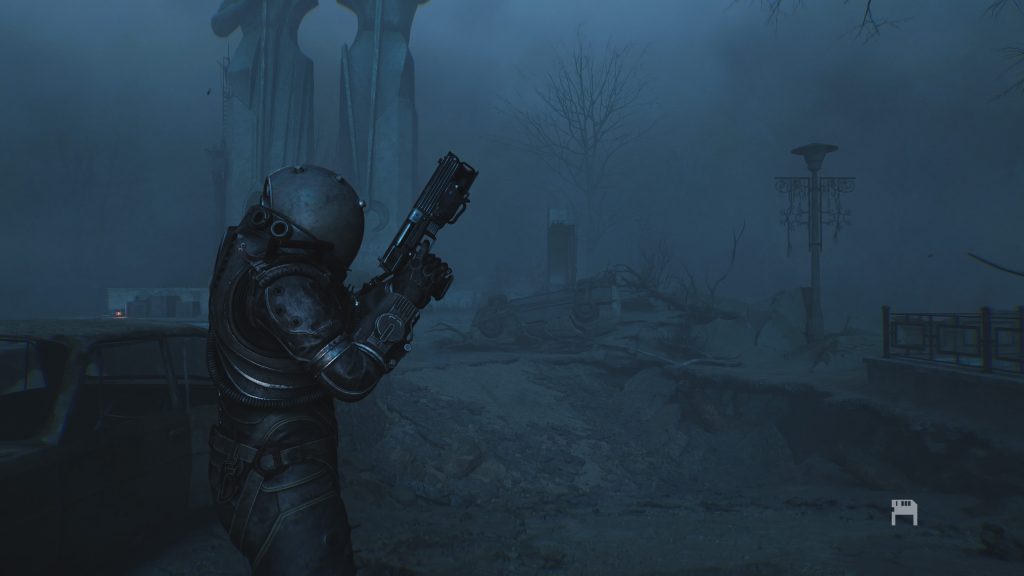
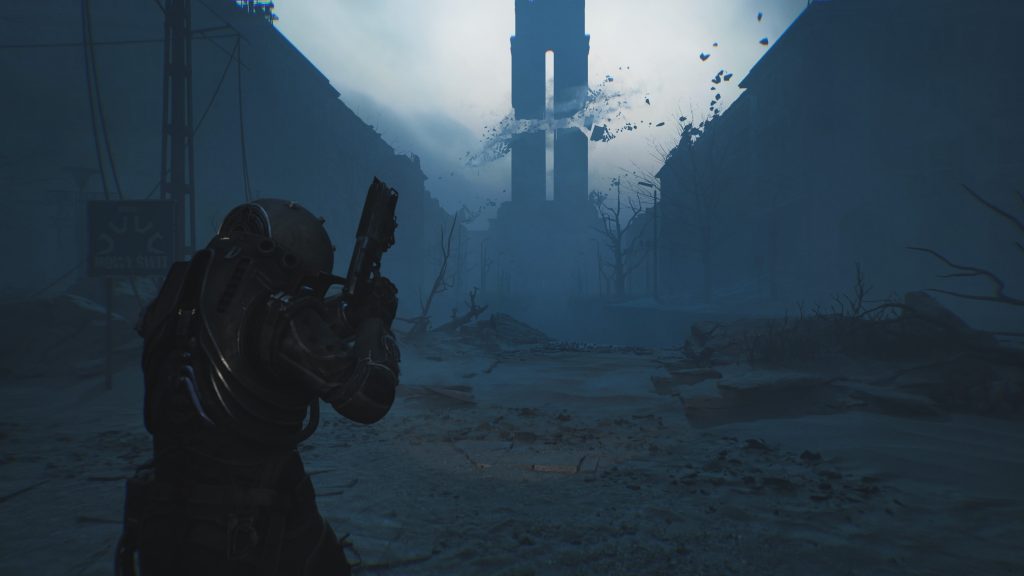
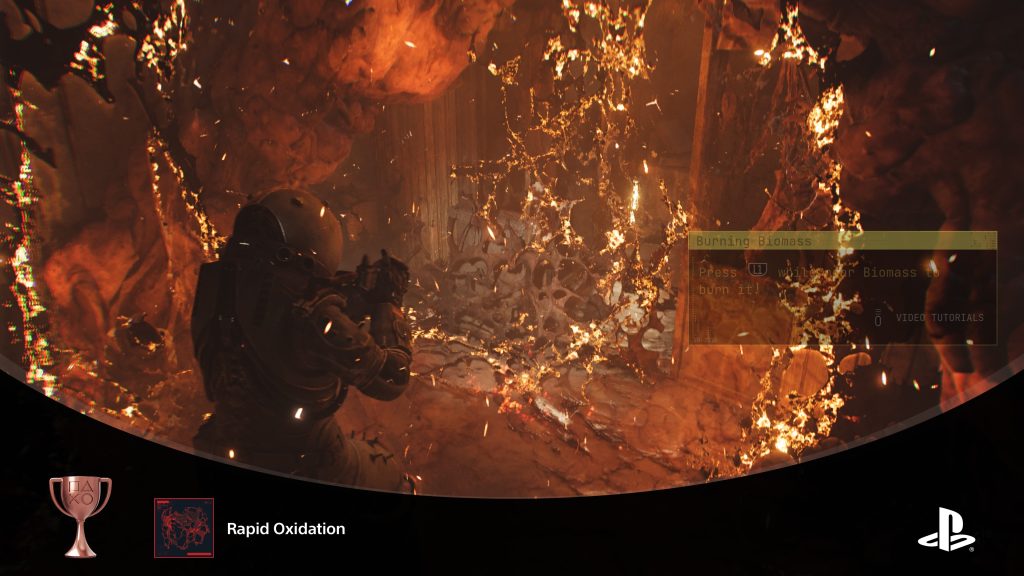
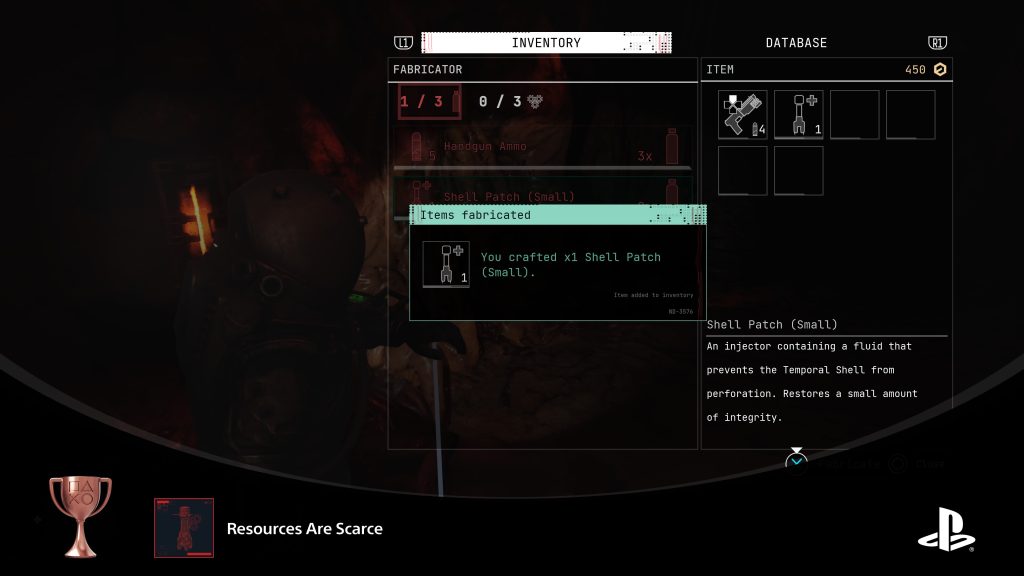
Gameplay is where Cronos faces its biggest challenge—and its most hotly debated design choice. Bloober Team set out to draw inspiration from genre heavyweights while layering in fresh mechanics of its own. The most notable of these innovations is the “Merge” system.
In this mechanic, enemies known as Orphans can absorb the corpses of others, transforming into larger, stronger, and far more dangerous abominations—ones that can absolutely tear the player apart. This forces a constant dilemma: should you kill enemies quickly and risk leaving their bodies behind, or burn precious resources—like your flamethrower fuel—to incinerate the corpses and prevent a dreaded merge from happening?
Combat and controls are easily the most divisive aspects of Cronos. The game deliberately leans into heavy, sluggish movement—partly a consequence of the Traveler’s cumbersome gear. Weapon aiming is shaky by design, and ammunition is scarce. All of this is meant to heighten the sense of vulnerability and dread, reinforcing the survival-horror atmosphere.
For some players, though, that intent quickly wears thin. What’s meant to feel like tension often translates instead into frustration, leaving the protagonist less like a desperate survivor and more like a clumsy, unresponsive avatar.
One aspect that sets Cronos: The New Dawn apart from many of its genre peers is its approach to difficulty. Contrary to what one might expect from a horror title—relentless challenges and repeated deaths—the game opts for a more balanced path. Its gameplay avoids artificial difficulty spikes and doesn’t bombard players with unfair scenarios. Instead, psychological tension and resource management take center stage.
Combat, while challenging, is often predictable and fair, allowing players to tackle even the toughest enemies through careful planning and precision. This design makes the game more accessible for newcomers while still delivering meaningful stress and suspense for veteran survival-horror enthusiasts.
Visually, Cronos delivers a stunning experience on ninth-generation platforms like the PS5 and Xbox Series X/S. Both artistically and technically, the game is a showcase. Leveraging Unreal Engine 5, it achieves dynamic lighting, highly detailed textures, and richly crafted environments. In fact, from a technical standpoint, Cronos: The New Dawn serves as a clear demonstration of UE5’s capabilities: global illumination and real-time reflections via Lumen, combined with Nanite’s geometric density, contribute heavily to the game’s oppressive atmosphere, producing particularly impressive results in interior settings.
However, the game suffers a dramatic drop on the Nintendo Switch 2. Like many UE5 titles ported to this console, Cronos struggles with significant technical issues that impact the overall experience.
In contrast, the game’s audio design is a true masterpiece. Sound plays a crucial role in cultivating fear and tension, effectively alerting players to the presence of enemies lurking in the shadows. The game’s synthwave soundtrack is heavily inspired by the work of John Carpenter, the legendary composer of The Thing, and it perfectly complements the sci-fi horror atmosphere of the world.
Cronos: The New Dawn cannot be considered in isolation; it is, in many ways, a mosaic of inspirations and tributes to the greatest names in survival horror. The most obvious comparison is with Bloober Team’s own recent major project, the Silent Hill 2 remake. While SH2 focused on psychological horror, dense atmosphere, and intricate puzzles, Cronos takes a bold step forward, emphasizing action and resource management.
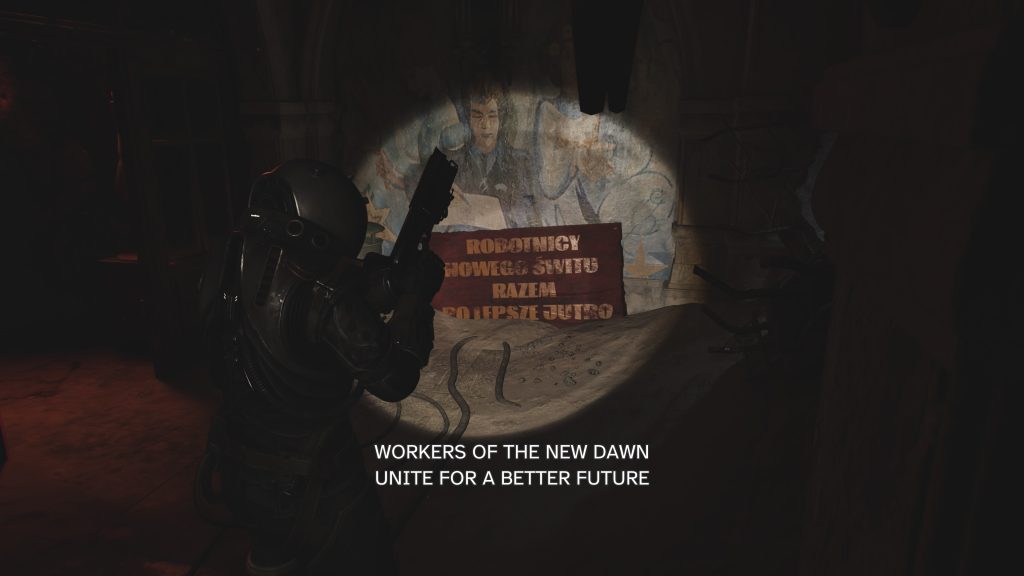
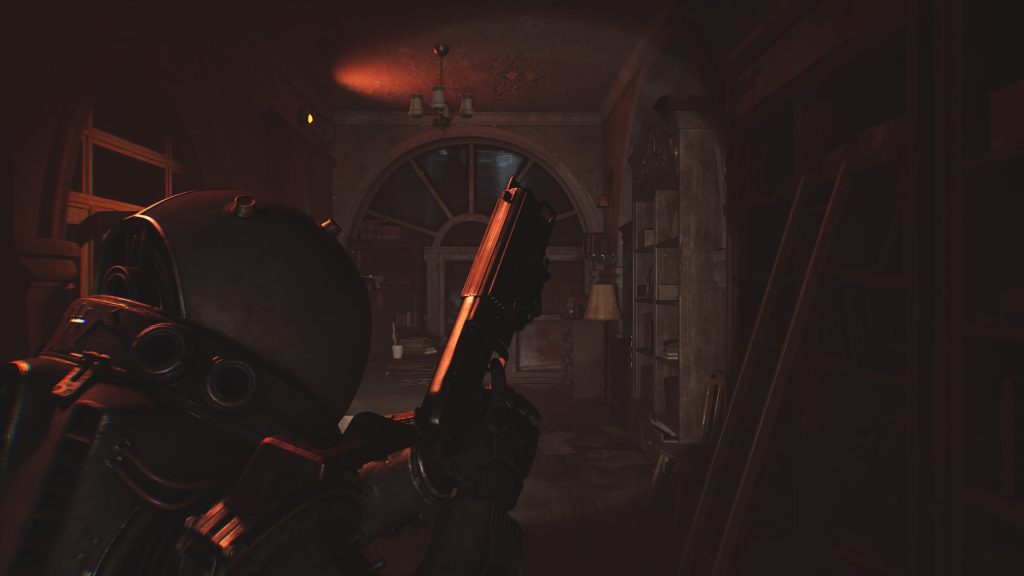
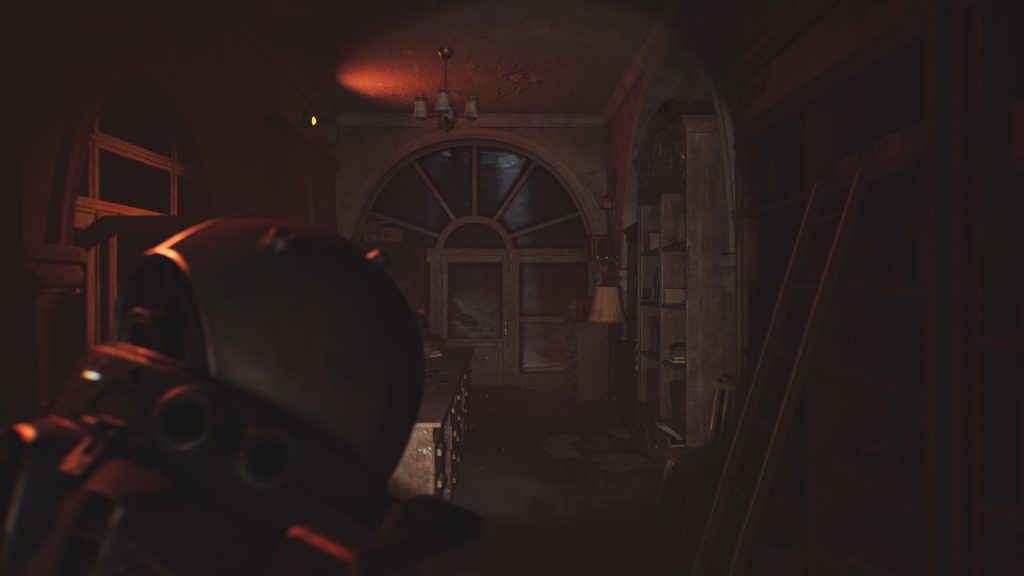
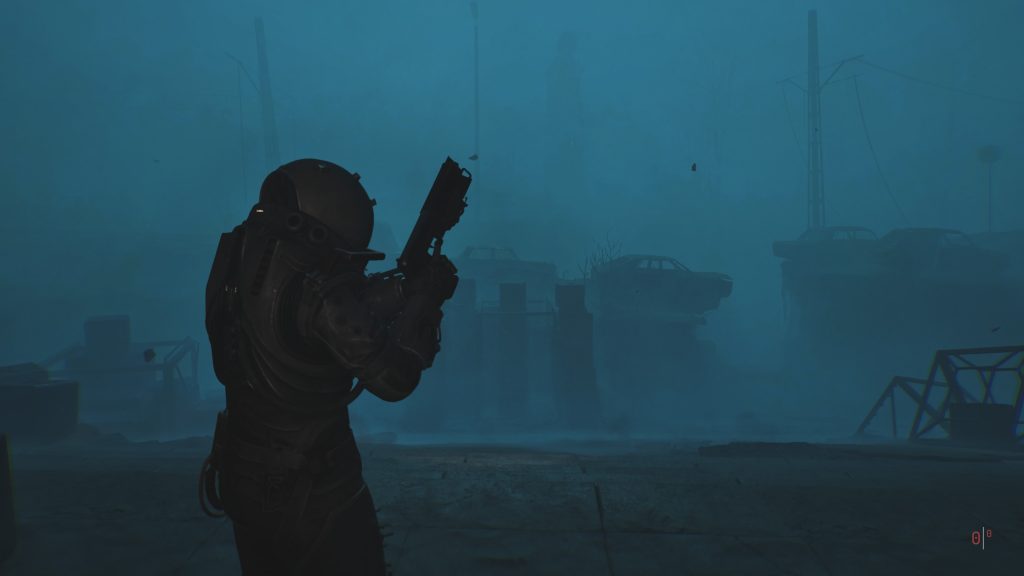
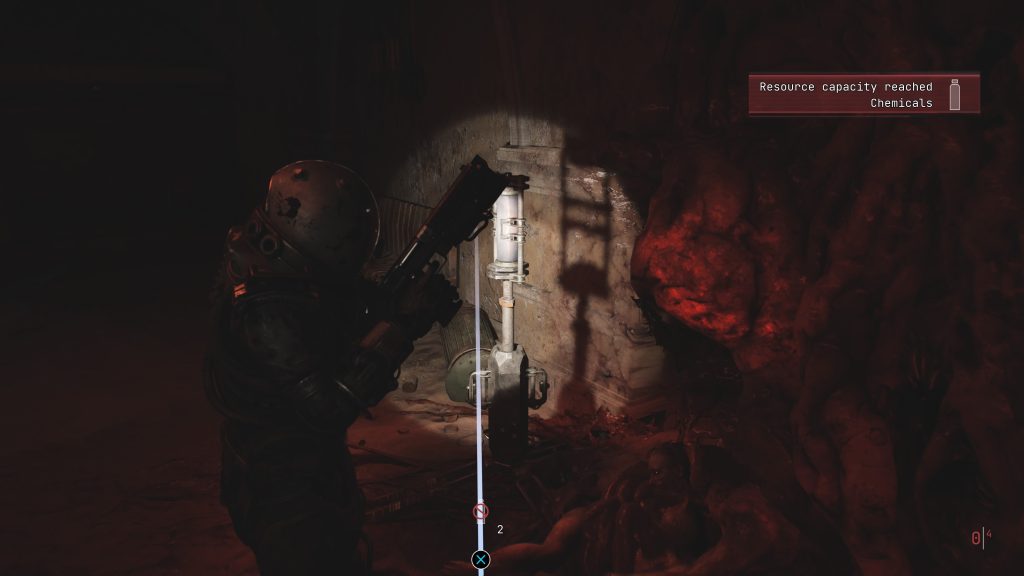
According to the developers themselves, comparisons to the Resident Evil series are inevitable. Elements such as resource management, semi-linear level design, and the ability to backtrack to previous areas all evoke Capcom’s recent remakes, particularly RE2 and RE4. In the realm of sci-fi horror, parallels with Dead Space and The Callisto Protocol are equally logical. With no new Dead Space on the horizon, Cronos can arguably be considered a spiritual successor, offering heavy atmosphere and strategic combat that surpasses the shortcomings of The Callisto Protocol.
It seems clear that Bloober Team has learned from the missteps of its competitors, designing a combat system that, while challenging, is deeply integrated with the game’s horror and atmosphere. The result is a survival-horror experience where tension, strategy, and dread work hand in hand.
Cronos: The New Dawn is a game of striking strengths and notable weaknesses. It is not a flawless masterpiece, but it undeniably represents a significant step forward for Bloober Team as a creator of original IPs. Innovations like the Merge mechanic, the meticulously crafted and authentic world, the gripping atmosphere, and outstanding sound design stand out as undeniable strengths. These elements demonstrate that Bloober Team is capable of moving beyond familiar formulas and injecting fresh ideas into a genre often accused of stagnation.
Yet these strengths come with notable drawbacks. The story can be convoluted and occasionally confusing, the combat system is polarizing—leaving some players frustrated—and certain sections of the game feel unreasonably difficult.
Ultimately, Cronos: The New Dawn is a classic survival-horror experience for a new era. It is worth playing for dedicated fans of the genre, provided they are prepared for a challenging, punishing, and sometimes infuriating experience. Bloober Team has shown that the success of the Silent Hill 2 remake was no accident, proving that the studio has the potential to become one of the leading forces in modern horror. Despite its contradictions, Cronos succeeds in establishing itself as a serious contender among genre giants, solidifying its place as a new dawn on the survival-horror horizon.



